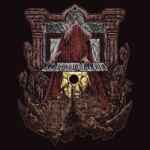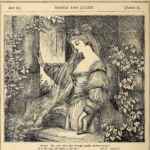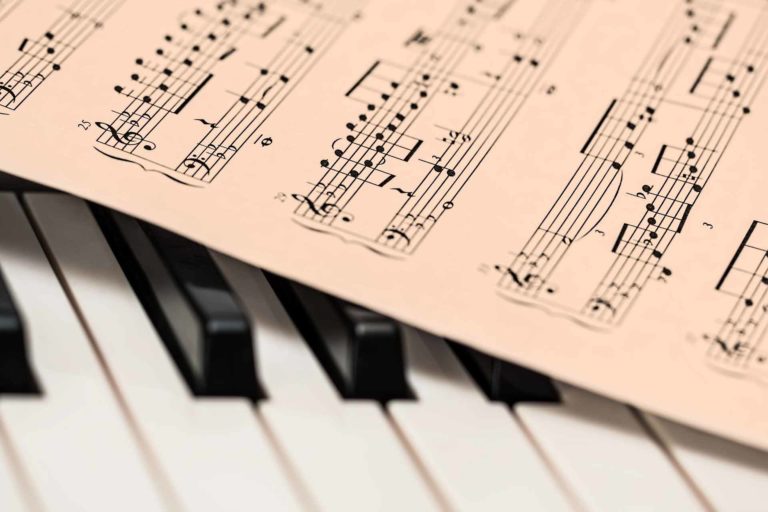Course Overview:
In this course students will learn all of the necessary skills required for the ABRSM Level 1 written exam. This includes reading notes on the musical staff with various time signatures and key signatures, and several other pieces of notation. Students will also learn about simple melodies and a collection of performance directions. In the final lesson, students will be guided through several example tests in a format similar to past ABRSM written exams to ensure they can be exposed to the variety of questions that they might see on the real exam.
Each Lesson includes:
- Multiple video mini-lessons
- Quizzes for each video to test retention
- A final comprehensive quiz
Important Notes:
- This course focuses primarily on the American System for all vocabulary. The vocabulary for the British system, however will be briefly discussed.
All Lessons:
Course Details
1. Notes are the basic building block of musical notation. In this lesson students will learn:
- Note names (American and British Systems)
- How to write notes
- Different parts of notes
- Time values for each note
- Comparison of different time values
2. A time signature tells us how to count musical notation. In this lesson students will learn:
- How to identify and read a time signature
- Different parts of musical notation structure
- Methods for three different time signatures
- How to count beats for each time signature
- Equivalent names for different time signatures
3. Pitch in music tells us how high or low the sound of a note is. In this lesson students will learn:
- How to identify high and low notes
- The names, or pitches, of the piano keys
- Reading the sharp and flat accidentals
- The structure of the musical staff
- Writing notes on the staff
- The names of notes of the treble and bass clefs
4. Scales are musical tools that help us to select harmonious notes. In this lesson students will learn:
- What a scale is
- Four different major scales
- To recognize scales written on a staff
- To recognize the tonic note and the scale degrees of other notes
- Accidentals in each scale
5. Key Signatures tell us what selection of notes are written on notation. In this lesson students will learn:
- What a key signature is
- Four different key signatures
- How to read a key signature
- How to recognize key signatures in the treble and bass clef
- How to use accidentals with a key signature
6. The tonic triad is the first kind of polyphonic harmony that students will be introduced to. In this lesson students will learn:
- The intervals of the tonic triad
- To recognize the notes of the tonic triad
- To recognize the tonic triad in various key signatures
- To determine patterns of intervals including the major third, the perfect fifth, and the octave
7. In this lesson students will learn about rhythmic concepts that add silence to our music or alter the length of notes. Students will also learn:
- To recognize different kinds of rests
- How the lengths of notes and rests are extended with dots
- To understand how the lengths of notes can be extended with ties
- To be able to recognize and understand all three of these concepts together in music
8. In this lesson students will learn about Italian performance directions that give specific instructions as to how the music should be played. Students will also learn:
- To memorize and recognize Italian terms related to tempo, dynamics, and expression
- About how such terms can be used to create feelings through the music
- To categorize the terms in a way that can be helpful for memorization
9. In this lesson students will learn about some performance direction symbols that give specific instructions as to how the music should be played. Students will also learn:
- To memorize and recognize all of the symbols related to tempo, dynamics, and expression
- About how the symbols can be used as well as be shown some example pieces
- To also categorize the symbols in a way that can be helpful for memorization
10. In this final part of the course, students will take a mock version of the ABRSM test.
- This can help prepare them for the real test
- More versions of the mock test will be uploaded in the future, giving students multiple opportunities to test themselves




















